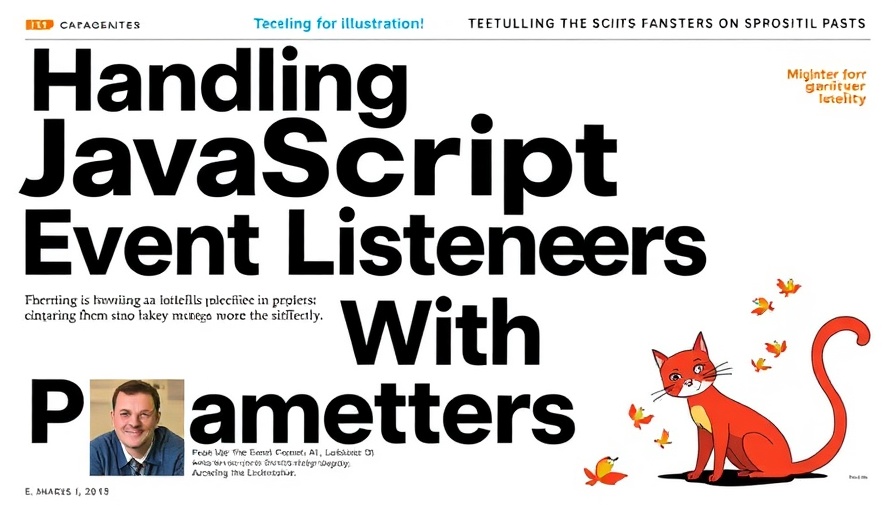
Understanding the Importance of Inclusive Design for Left-Handed Users
In a world that often prioritizes the convenience of right-handed users, it's crucial to acknowledge that approximately 10% of the global population is left-handed. This substantial minority frequently faces challenges in using everyday products and digital interfaces designed with only right-handed users in mind. Whether it’s the placement of tools, gadgets, or software applications, the lack of thoughtful design can lead to frustration and decreased usability for left-handed individuals.
Why Left-Handed Users Matter in Design
This ongoing bias toward the 'average' user overlooks the reality that design should cater to diverse needs and preferences. Just as we advocate for increased accessibility in products for individuals with disabilities, incorporating the needs of left-handed users into UX design is an equally significant concern. Intentional design is about recognizing that everyone’s experience is unique and valuable.
Current Trends in Design for Left-Handed Users
Emerging trends in user experience design are beginning to address the left-handed demographic. Designers now strive to create more adaptable and user-friendly interfaces that allow left-handed users to navigate seamlessly. Simple changes, like repositioning common action buttons or customizing toolbars, can significantly enhance the user experience for left-handed individuals while still accommodating right-handed users.
Real-World Examples of Successful Adaptation
Several companies are setting standards for better UX design by acknowledging left-handed users. For instance, gaming console manufacturers now provide options for left-handed control settings and customizable layouts. Additionally, many popular software applications allow users to reconfigure their interfaces to best fit their individual preferences. By showcasing real-world examples of these successful adaptations, we can inspire more designers to consider the left-handed perspective.
Challenges Faced by Left-Handed Users
Despite the growing awareness, significant obstacles remain. Left-handed users often encounter tools that are awkward or impossible to use, such as scissors, can openers, and measuring tools. When it comes to digital interfaces, the setup can also be limiting, with menus and tools often designed unilaterally for right-handed accessibility. Addressing these challenges is critical, as the aim is to create an inclusive environment where all users can thrive.
The Future of Inclusive Design
Looking forward, the future of UX design promises increased awareness and innovation for left-handed users. With the advancement of technology and tools for personal customization, designers are better equipped than ever to create interfaces that are mindful of both left and right-handed users. This shift is not just beneficial; it’s necessary in our increasingly diverse world.
The importance of inclusive design cannot be overstated. As the industry moves towards a more user-centric approach, understanding the needs of left-handed individuals is paramount. It's time for designers to break away from the notion of the 'average' user and create products that reflect the diversity of their actual user base.
 Add Row
Add Row  Add
Add 




Write A Comment